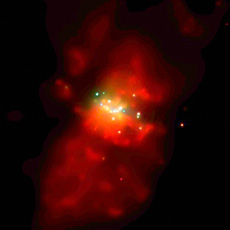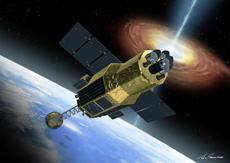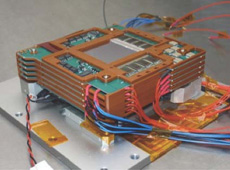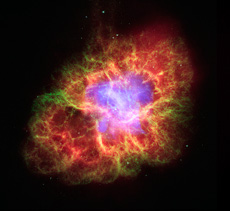Q. What would you personally like to accomplish with ASTRO-H?

Galaxy M82 observed in X-rays. There is a black hole at its center. Blue, green and red indicate levels of energy of X-rays, from high to low. (courtesy: NASA/SAO/G.Fabbiano et al.)
I’m fascinated with the dynamics of the universe. I want to find out how cosmic rays accelerate to super-high-energy levels, and what role these processes played in the formation of the universe. I’m also hoping to reveal what role black holes played in the formation of galaxies throughout cosmic time.
There is a huge black hole at the center of each galaxy, and it’s becoming clear that there is a correlation between the mass of that black hole and that of its galaxy. It seems there is a co-evolution mechanism through which a black hole and a galaxy grow together. To do this, the massive black holes must have some impact on the gas from which galaxies grow, which is spread out over very much larger distances than the galaxy itself. We know that the black hole not only sucks material in, but it also ejects some fraction of this material in an energetic jet. It is probably this jet which transports energy outwards from the black hole to very much larger scales, heating the gas and controlling the formation of galaxies and galaxy clusters.
The formation of these galaxy clusters is also affected by dark matter and dark energy, giving us a way to probe these hidden components of our universe.




